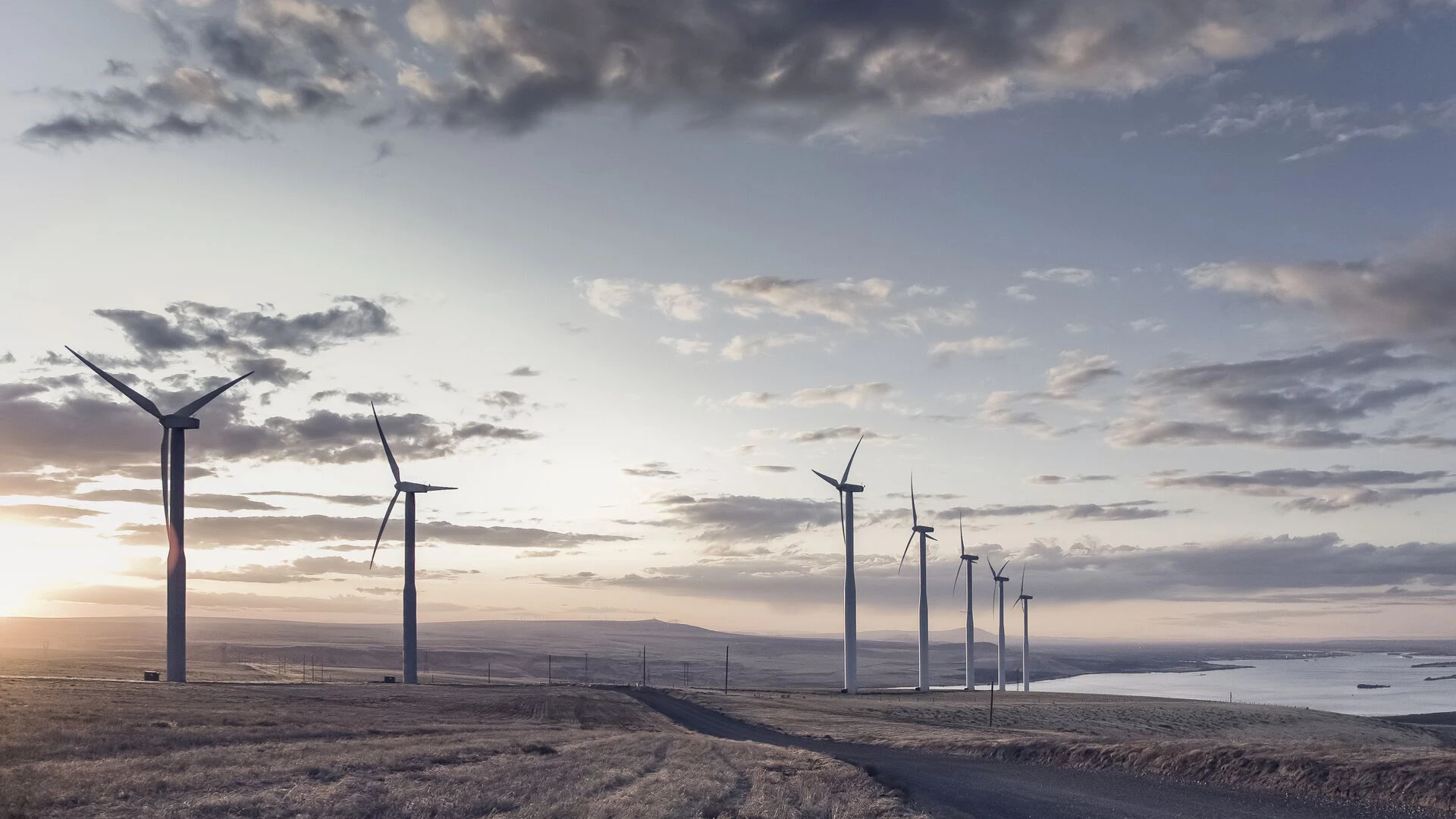The investment case for sustainability or ESG is clear. By using an ESG lens (Environmental, Social and Governance), investors can manage portfolio risks that may otherwise be neglected. Out of the ten largest risks to the world economy over the coming ten years, six are nature-related and two are social risks, according to the World Economic Forum. Some examples highlight the need for a more holistic risk perspective in investment decisions:
Environmental risks
Nature and the environment set the boundaries for life on Earth and for all economic activities. Looking at only direct physical risks from climate change, such as droughts, wildfires and extreme weather events, central banks suggest that global GDP could roughly be hurt by at least 20% at the end of the century with current climate policies, compared to by only 3% if the world can reach net-zero emissions by 2050. These figures illustrate that the faster the world phases out fossil fuels, the less costly it will be.
Biodiversity loss represents another key environmental risk. During 22 years only (1992-2014), globally produced capital per head doubled according to the Dasgupta Review. During the same period, the value of the stock of natural capital per head declined by nearly 40%, counted as the market value of minerals and fossil fuels, agricultural land, forests as sources of timber, and fisheries. Demands are simply much higher than nature’s supply. To tackle the fastest extinction of species in ten million years, global leaders decided at the UN Biodiversity Conference in 2022 that 30% of the Earth’s surface needs to be protected by 2030. The EU also has a target of no net loss of biodiversity by 2030. This will impact how companies operate. Between a third and half of the assets held by financial institutions are highly or very highly dependent on ecosystem services, according to studies by central banks.
Social risks
Social and human rights risks are embedded in the current climate and nature crisis. Farmers get hurt by droughts and floodings, and when land is converted from forests to a mine, it affects biodiversity, water resources and the nearby communities. For the energy transition to happen without too much resistance, it has to be just and equitable. To address that, the EU has a special fund to compensate for example for lost jobs. Companies that provide decent labour conditions typically demonstrate higher productivity and reduce reputational risks to the brand. Also, the PRI recognise that meeting international social standards leads to better management of financial risks and helps companies to align their business with the evolving demands from customers as well as regulators.
Governance risks
Well-run companies often score well also in sustainability ratings. They are good at managing ESG risks in their value chain and have products that meet real needs in the world. Good governance in a company includes robust management systems and long-term compensation programmes for managers. Also, diversity at all levels is important for effective decision-making. McKinsey research indicates that diverse companies are 33% more likely to have greater financial returns than their less diverse industry peers.
Corruption and lobbying are other areas for investors to monitor. Businesses and individuals pay over one trillion dollars per year in bribes, and about 5% of global GDP is lost in corruption every year, according to the UN.





